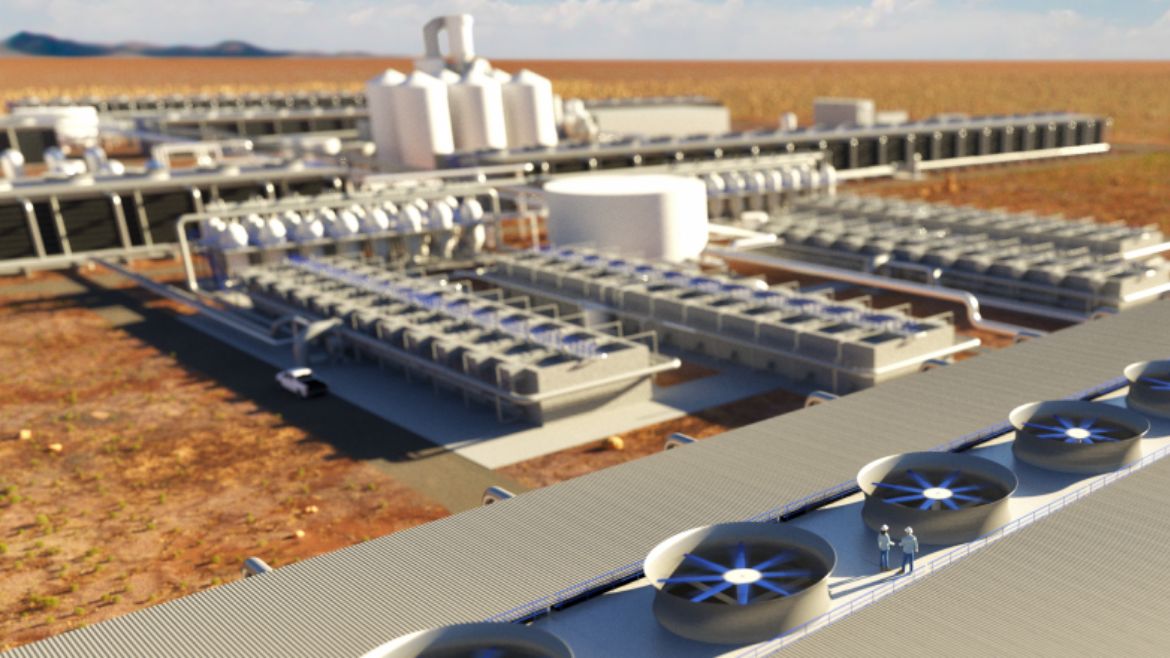A $500 million U.S. grant to commercialize the climate-friendly technology have received bid from Switzerland’s Climeworks and California’s Heirloom, who are partnering with non-profit firm Battelle. The two companies involved in the bid are developing technology to suck carbon out of the air in a process scientists describe as vital to limiting global warming.
In May 2022, the U.S. Department of Energy launched a five-year program that would see it spend $3.5 billion on building four regional Direct Air Capture, or DAC, to kickstart commercialization of technology to capture carbon dioxide from the air and store it permanently.
Terms of the $500 million grant require a hub to scale up to sequestering one million tonnes a years of carbon dioxide. Applications for an initial set of grants closed this week, albeit the Department of Energy declined to say how many applications it had received.
Read also: Race to rescue survivors continues in Malawi and Mozambique as cyclone toll rises above 270
The need for carbon removal to meet global climate goals has created a “once in a lifetime opportunity” to deploy the technology, Battelle’s energy and resilience manager, Shawn Bennett, told reporters, after it gained unprecedented federal investment, private sector activity and endorsement by scientists.
Battelle has a history of working with carbon capture technology and managing centers and labs for the government.
Climeworks is sucking up around 4,000 tonnes per year of carbon dioxide (CO2) through its operational DAC project in Iceland that is the largest in the world. However, that figure is minute compared to the 36.8 billion tonnes of global energy-related CO2 emissions estimated by the International Energy Agency for 2022.
Heirloom has a small-scale demonstration project in California but aims to remove carbon at a large scale.
By mid-century, carbon removal will need to be deployed at the gigaton, or billion-tonne, scale, meaning it would need to be able to sequester the equivalent of emissions from approximately 250 million vehicles driven in one year, the Department of Energy said .
Story was adapted from Reuters.
